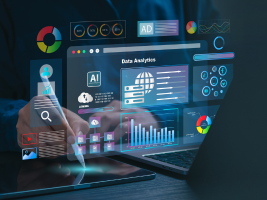
Why Humility is a Strength in Leadership
Great leadership isn’t about always having the right answers—it’s about building trust and earning respect. Humility is a powerful but often overlooked trait that strengthens relationships, encourages learning, and promotes teamwork. Humble leaders build credibility by valuing diverse perspectives, sharing credit, and owning their mistakes. By creating an environment where employees feel heard and empowered, they drive innovation and long-term success. Embracing humility doesn’t diminish authority; it enhances leadership effectiveness, making teams more engaged and organizations more resilient. In a world that values confidence, humility stands out as a true leadership superpower.










